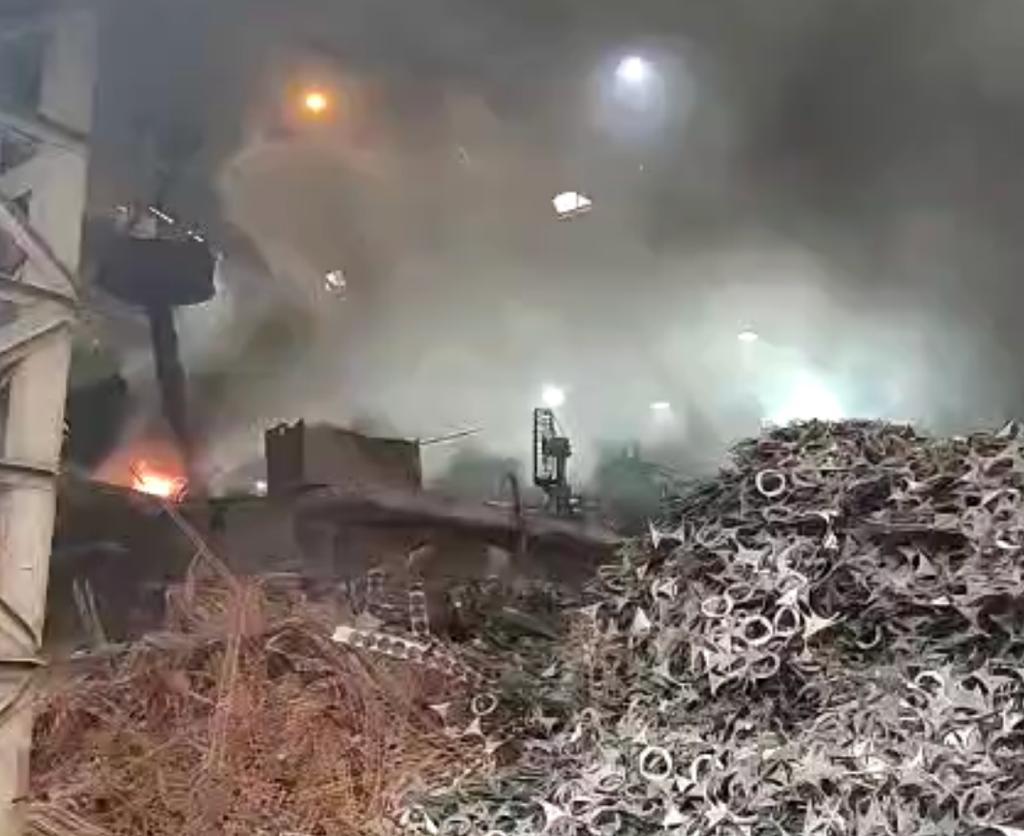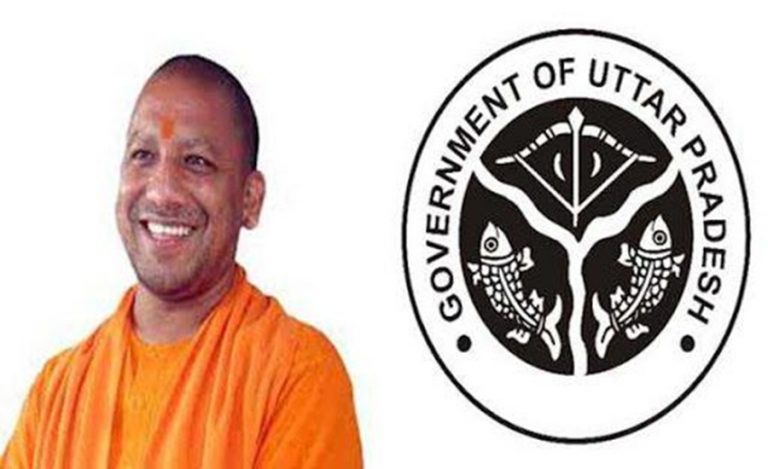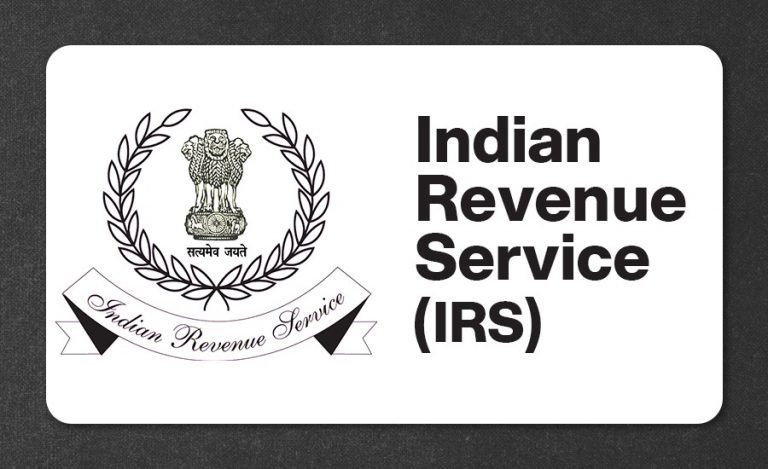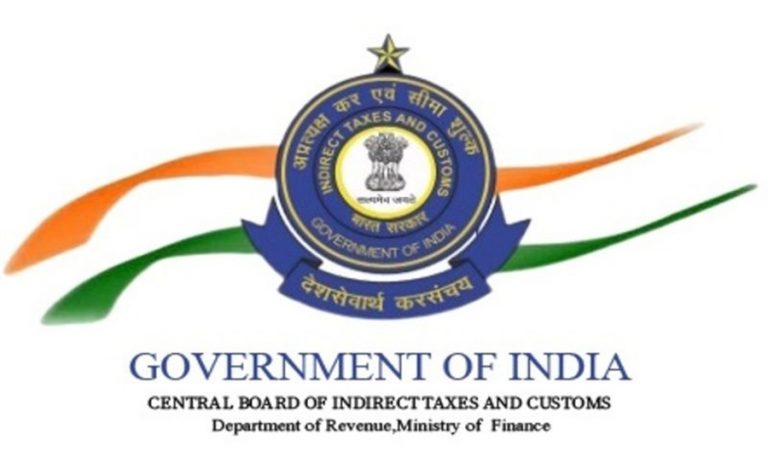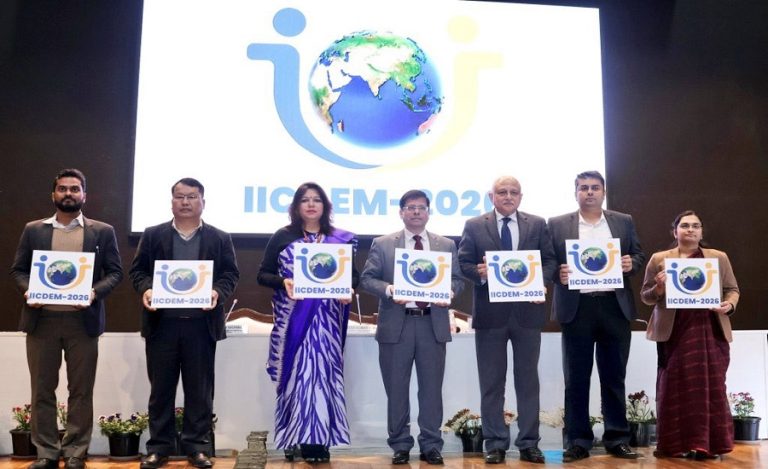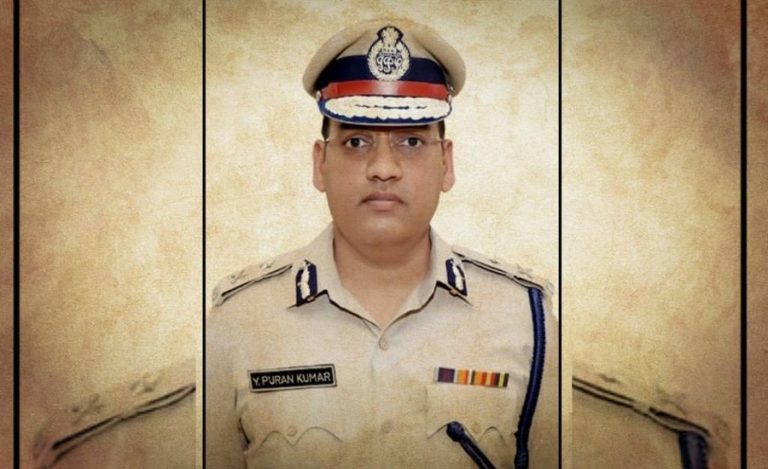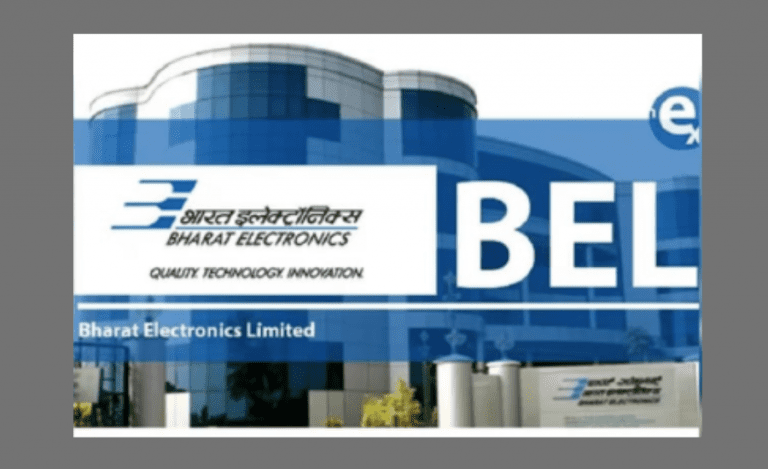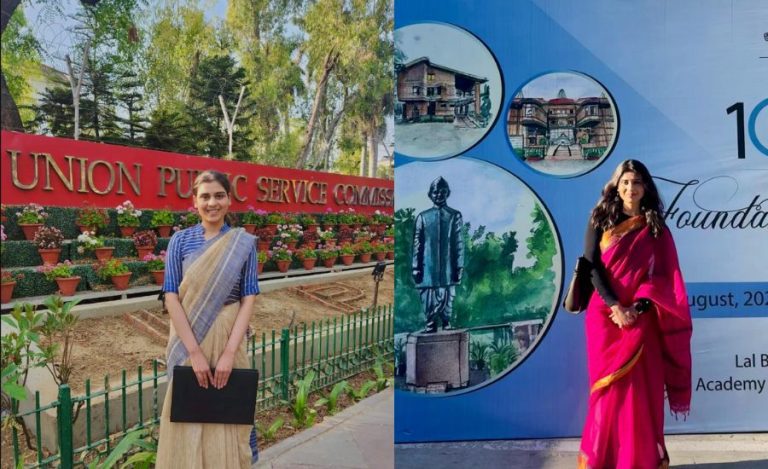In the year 2010, the town of Mandi Gobindgarh was declared as one of the most polluted cities of the country by the Government of India. Setting up of new factories and expansion of existing units was thereby banned in this polluted city. Efforts to reverse the title of the ‘most polluted city’ were initiated the same year but none bore fruit till Chairman, Punjab Pollution Control Board, Mr. Kahan Singh Pannu assumed the post to erase the black spot from the fair name of the city and provide it a sure breather by slow but steady steps.
In a conversation with Indian Masterminds, Mr. Pannu explains in detail, his work for the city.
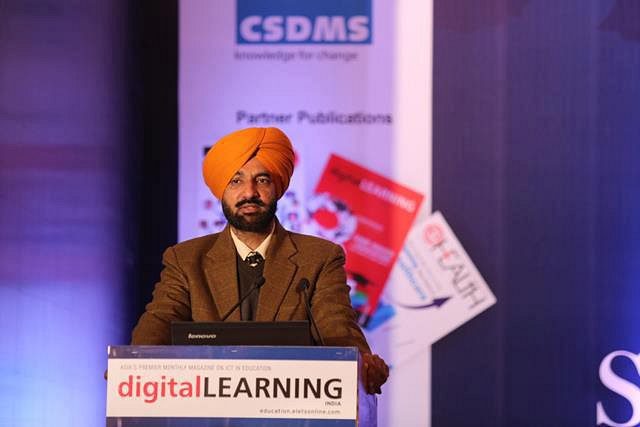
A PROMISE TO THE RESIDENTS
The Diwali of the year 2017 proved to be a turning point in the history of Mandi Gobindgarh, when the residents, on the insistence of the PPCB Chairman, resolved to celebrate green Diwali. Mr. Pannu, at the same time, assured to deploy means, both scientific and regulatory, to cleanse the city of pollution in a period of mere 3 years.
Accepting the enormous challenge, he immediately constituted a team. Its findings revealed that the dust emitted by 92 induction furnace units was one of the main culprits. The findings further showed that a total of 1000 tons of coal was being burnt daily by various industrial units.
“The dust emitted by unrepaired and kaccha roads were also to be blamed. Emission from diesel-powered three-wheelers and at the same time from the brick kilns was also adding to the degeneration of the environment,” he told Indian Masterminds.

SIDE HOOD SYSTEM TO CONTROL DUST
Mr. Pannu lost no time and constituted numerous teams of PPCB engineers and environmentalists to address the issue. A detailed scientific and technological examination of the causes of pollution enabled the experts to come out with authentic solutions.
After a thorough examination, the teams came out with a model of dust emission control called the “side hood system of dust arresting”. Model side hoods were thus fabricated and installed without further time loss. Local fabricators were trained to learn the design of the fabrication of the new system.
“Direction under section 31-A of Air Pollution Act 1981 was given to all the induction furnaces units in the town and adjoining cities to make it mandatory to install the side hoods on induction furnaces by the end of the year 2019. The collection of dust from induction units thus increased from 10 tons to 600 tons per month,” says Mr. Pannu.

ALTERNATE METHODS
A research team was constituted by Mr. Pannu to find out an alternative method of treating the dust emitted by induction furnaces. Zinc, which is the most prominent compound in dust emission, was segregated through a chemical process. It could now be sold in the market at a remunerative price.
The officer formally allowed zinc extraction units to operate under the relevant provisions of the law. This arrangement incentivized the industrial units to collect maximum dust through the proper use of side hood technology. This indirectly helped in the resurrection of the air quality of the city.
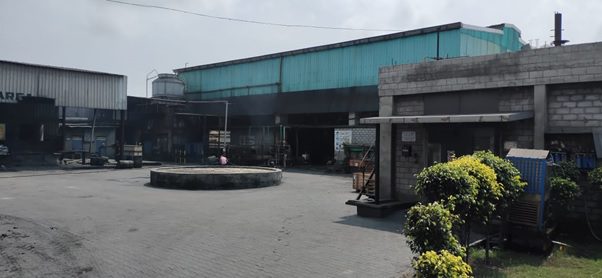
ROAD REPAIRING
The municipal committee of Mandi Gobindgarh was asked to repair all the roads and unpaved premises of industrial units. In order to curb the vehicular emissions, a direction by PPCB was given in the year 2018 under which new registration of diesel /petrol three-wheelers was banned in the major cities of Punjab including Mandi Gobindgarh.
“Five CNG gas stations were set up in the vicinity of the city for ensuring continuous supply of gas to vehicles,” said Mr. Pannu.

CONTROLLING BRICK KILN POLLUTION
In order to control brick kiln pollution, a new technology of high draught zigzag was introduced in the state. Directions were issued to all brick kilns to shift to new technology by 31st December 2018. All the 36 brick kilns, in and around Mandi Gobindgarh, were made to shift to new technology.
Subsequently, the Air Quality Index in the region, which was 196 in 2017, improved to 131 in 2020. Innovation, regulation, and continuous monitoring, apart from the active involvement of citizens, forced the Ministry of Environment to lift the sanctions against the expansion as well as setting up new industrial units in the city.
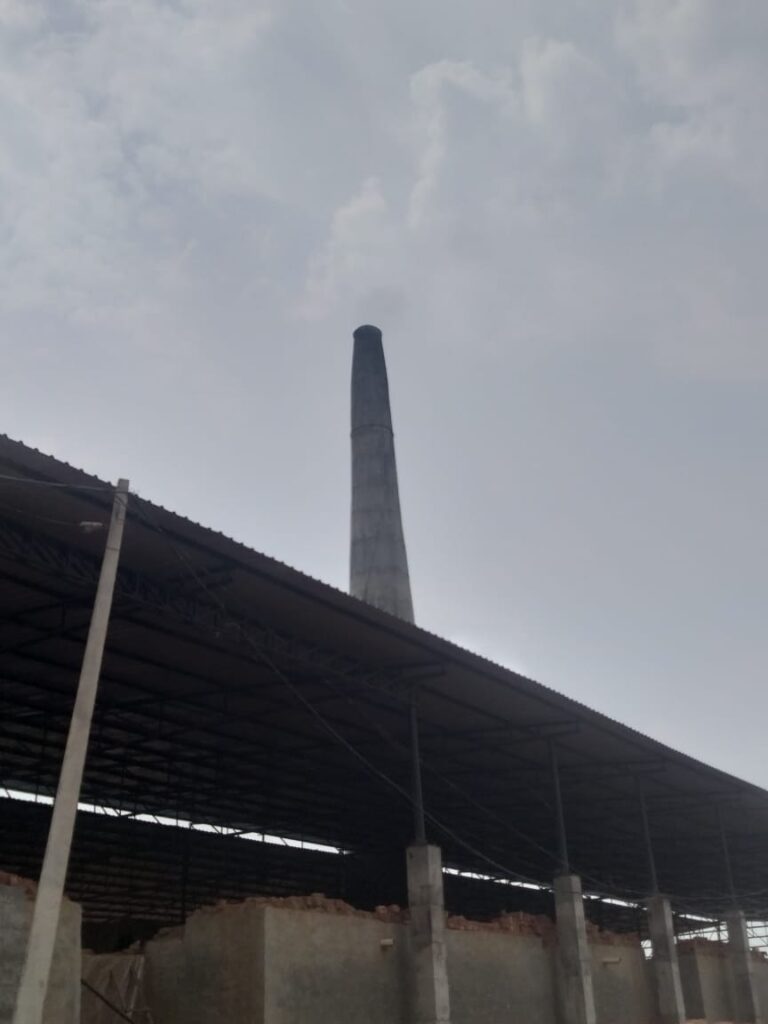
“During the last 3 years, 30 induction furnaces and 20 rolling mills have expanded their capacities and 25 new induction and rolling units have been set up in the city. Also, with a new expressway being built, major traffic load from NH 44 would be diverted in the near future. Awareness against farm fires being generated alongside, the air quality shall improve further in the times to come. The experience of improving the quality of air of Mandi Gobindgarh is worth repeating in other cities of the world,” Mr. Pannu said.

The consistent efforts of the board in making Mandi Gobindgarh a clean city for the past three years have resulted in marked improvement in the Air Quality Index of the city and the pains taken by IAS Mr. Pannu have borne long term fruits for the town and its people.

